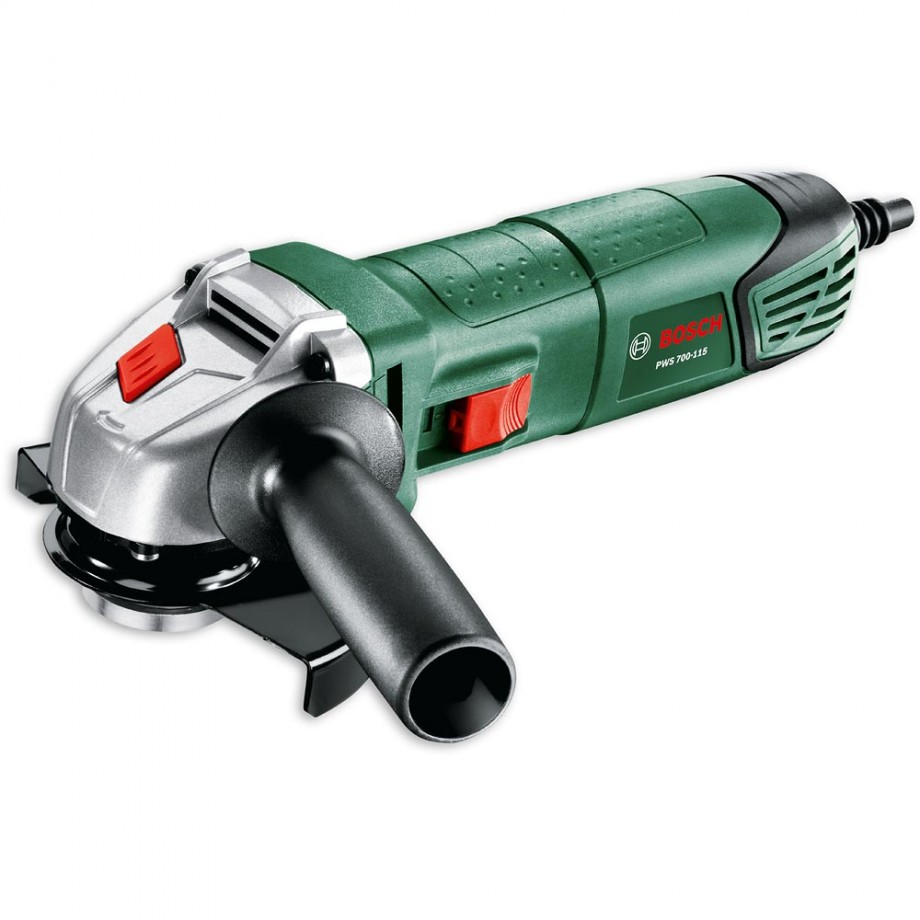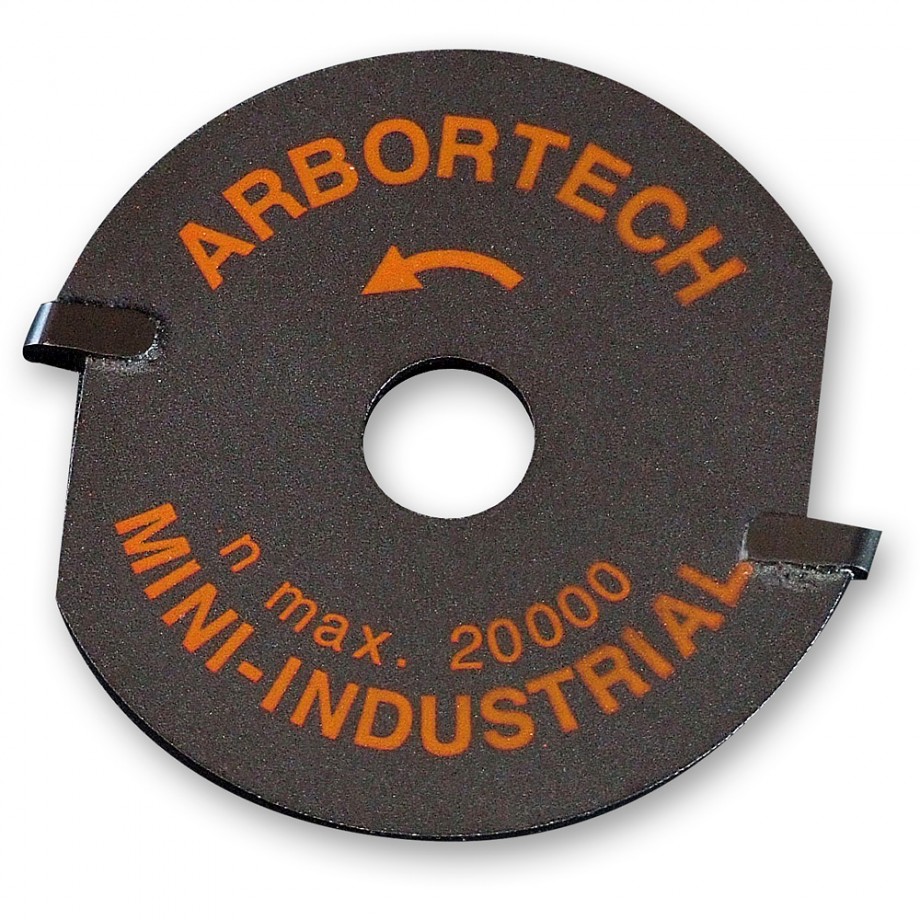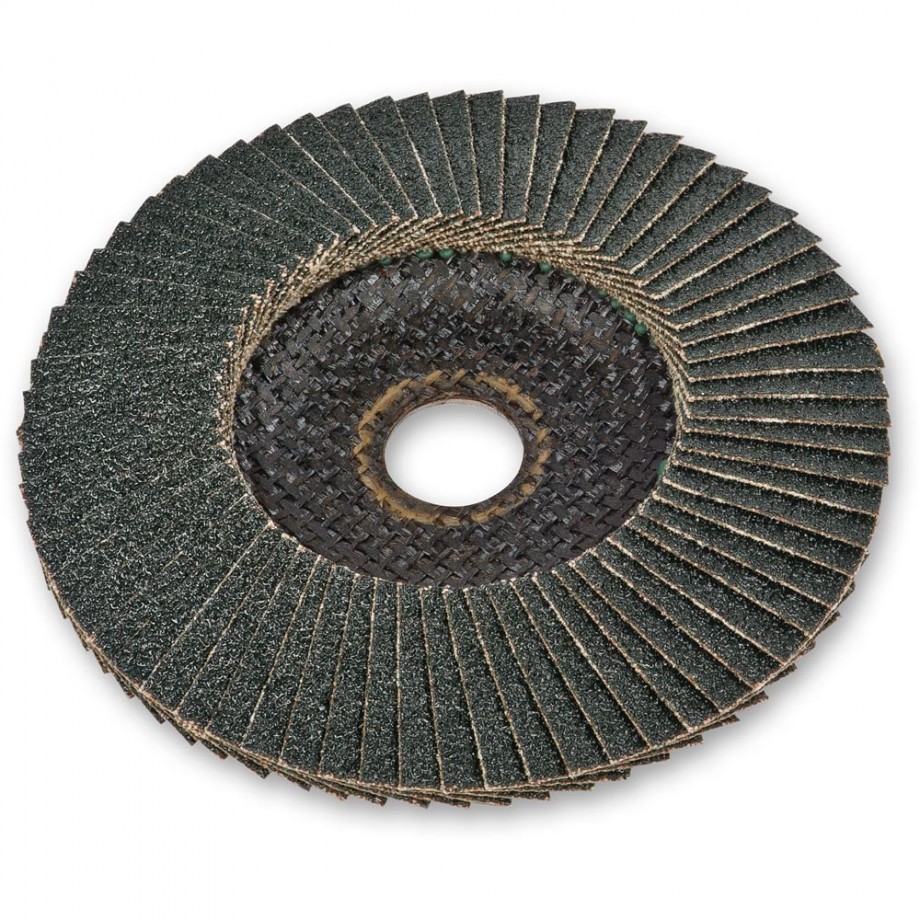RobinBHM
Established Member
I am making a kitchen and the client doesnt want a nice clean flat oak worktop 'too much like a showhouse'.
He wants a rustic oak worktop, not too flat, maybe with joints not flush etc.
I know I can get square edge sawn oak boards, but the finish on the surface cant be rough sawn, more like undulating and smooth!
My concern is ending up with a worktop tat just looks badly made rather than rustic......
Any ideas?
He wants a rustic oak worktop, not too flat, maybe with joints not flush etc.
I know I can get square edge sawn oak boards, but the finish on the surface cant be rough sawn, more like undulating and smooth!
My concern is ending up with a worktop tat just looks badly made rather than rustic......
Any ideas?







































